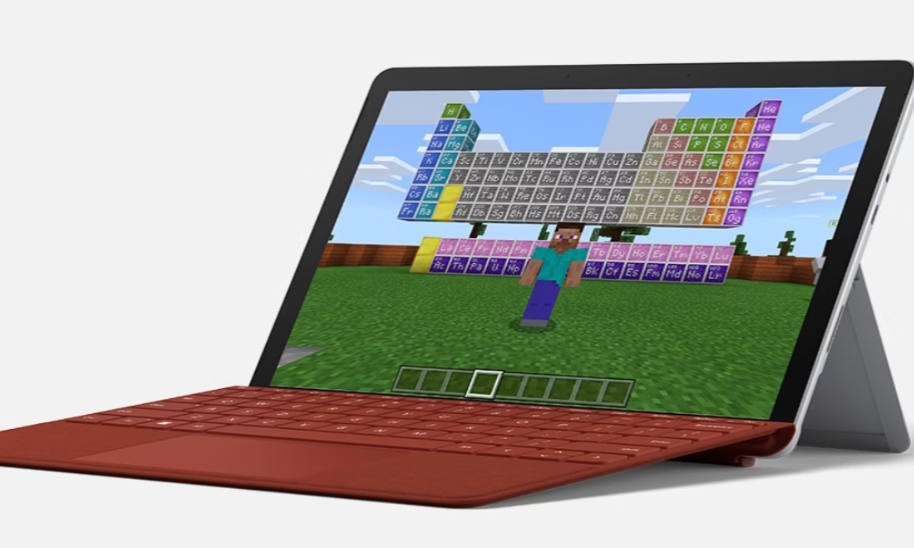The Microsoft Surface Go 3, launched in October 2021, was an expected refresh of Microsoft’s smallest and most portable 2-in-1 device. While it retained the signature design of its predecessor, the Surface Go 3 introduced minor internal upgrades, particularly in processing power. However, in the broader tech landscape, its release came at a time of significant industry shifts, especially with Apple’s full commitment to ARM-based computing.
Processor Upgrades: Intel-Powered Performance Tweaks
The Surface Go 3 offered two primary CPU options:
- Intel Pentium Gold 6500Y
- Intel Core i3-10100Y
Both processors were part of Intel’s Amber Lake Y-series, a low-power architecture designed for fanless, ultra-thin devices. The Core i3 variant was the more notable improvement, delivering slightly better performance over the previous Go 2’s Core m3-8100Y. However, despite the generational jump, these processors still lagged behind many competitors in raw performance.
The Go 3 continued to offer 4GB or 8GB of RAM and 64GB eMMC or 128GB SSD storage, depending on the model. While fine for basic productivity, this setup struggled under heavier workloads, limiting its appeal beyond students and casual users.

New Features & Software Support
From a design perspective, the 10.5-inch PixelSense display remained unchanged, offering a 1920×1280 resolution with excellent color accuracy and touch support. Microsoft’s Windows 11 debuted around the same time, and the Surface Go 3 shipped with either Windows 11 Home in S Mode or full Windows 11 Pro, making it one of the first Microsoft devices to natively support the new OS.
Battery life was estimated at around 10 hours, but real-world usage saw variations depending on workload intensity. LTE connectivity remained an option for users requiring mobile internet, adding to its portability factor.
The Competitive Landscape: Apple’s ARM Leap
While Microsoft was refining its Intel-based Surface Go line (Surface Go, and Surface Go 2), Apple was taking a major step in computing history. In late 2020, Apple introduced the M1 chip, the first ARM-based processor in its Mac lineup. By the time the Surface Go 3 launched, Apple had already demonstrated how ARM could revolutionize performance, efficiency, and battery life—areas where Intel’s Y-series processors were struggling.
The M1-powered MacBook Air and iPad Pro had set a new standard for mobile computing, with power consumption and performance gains far surpassing traditional x86-based chips. This move put pressure on companies like Microsoft to reconsider their reliance on Intel for compact and efficient devices. Windows on ARM was still in its early, unpolished phase, making Surface Go 3’s reliance on Intel a clear sign of hesitation rather than innovation.
Other Brands and the Market Shift
While Microsoft played it safe with the Surface Go 3, other manufacturers were taking bolder steps:
- Apple: Already transitioning its entire Mac lineup to Apple Silicon, proving ARM’s potential for mainstream computing.
- Samsung: Advancing its Galaxy Tab series with high-performance Android tablets, challenging Surface’s hybrid appeal.
- Lenovo & HP: Experimenting with Snapdragon-powered Windows devices, though software limitations held back adoption.
- Conclusion: A Modest Upgrade in a Transformative Era
The Surface Go 3 was a competent, yet uninspired update, maintaining Microsoft’s commitment to an affordable, compact 2-in-1. However, in the broader industry context, it felt stagnant compared to the innovations happening elsewhere—especially with Apple proving ARM’s dominance.
For casual users needing a portable Windows device, the Go 3 remained a viable option. But for power users looking at future-proof computing, the industry’s shift towards ARM and more efficient chip architectures suggested that Microsoft would need to make bolder moves in future iterations of the Surface line.